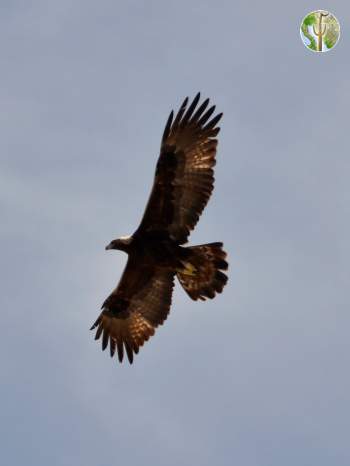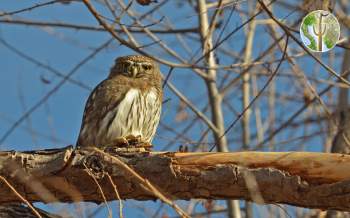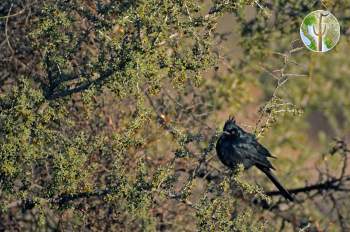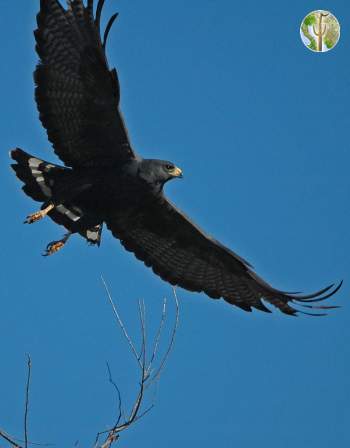Birds
Bird Abundance and Richness in a Desert Riparian Area Following Beaver Re-introduction
I measured bird abundance and richness along the upper San Pedro River in 2005 and 2006 to investigate how beavers (Castor canadensis) may act as ecosystem engineers after reintroduction to a southwestern U.S. desert riparian area. In areas where beavers colonized, I found higher bird abundance and richness of bird groups such as all breeding birds, insectivorous birds, and riparian specialists, and higher relative abundance of many individual species—including several avian species of conservation concern.
Patterns and drivers of long-term changes in breeding bird communities in a global biodiversity hotspot in Mexico
Aim: To evaluate changes in breeding bird communities and assess implications for conservation.
Location: Madrean Sky Islands and northern Sierra Madre Occidental, Mexico. Methods: I compared observations from recent fieldwork (2009–2012) with an extensive historical data set (1887–1954) and used modelling and multivariate techniques to assess spatiotemporal changes in species occurrence, richness and assemblage composition, and associations with climate, land use and landscape factors.
Cactus Ferruginous Pygmy-Owl Monitoring and Habitat Assessment on Pima County Conservation Lands
To address obligations linked to the recently approved Pima County Multi-species Conservation Plan, I identified and estimated the quality of habitat for the Cactus Ferruginous Pygmy-Owl (Glaucidium brasilianum cactorum; hereafter “pygmy-owls”) and surveyed owls on Pima County Conservation Lands in south-central Arizona in 2017.
Phainopepla on Condalia globosa
People know about mistletoe berries, but Condalia globosa appear to also be a favorite food source for the Phainopepla.
Population trends, extinction risk, and conservation guidelines for Ferruginous Pygmy-Owls in the Sonoran Desert
Climatic flux together with anthropogenic changes in land use and land cover pose major threats to wildlife, but our understanding of their combined impacts is limited. In arid southwestern North America, ferruginous pygmy-owls (Glaucidium brasilianum) are of major conservation concern due to marked declines in abundance linked to changes in land use and land cover during the past century. We reassessed abundance trends of pygmy-owls in northern Mexico across 17 years (2000-2016), which included data gathered over four additional years since inferences were last reported.
Distribution, Abundance, Habitat, and Biogeography of Breeding Birds in the Sky Islands and adjacent Sierra Madre Occidental of northwest Mexico
This report summarizes my efforts to describe the distribution, abundance, habitat, and biogeographical relationships of breeding birds in montane vegetation communities in the Sky Islands and adjacent Sierra Madre Occidental of northwest Mexico. Following extensive commercial logging in the early and mid-1900s, vegetation in many Sky Islands in Mexico has matured, land uses are now limited in many ranges, and vast areas of montane forest and woodland in the region are essentially de facto wilderness, especially at higher elevations.
Cactus ferruginous pygmy-owl feeding its young a lizard
A young pygmy-owl perched when the mother flys up and starts ripping apart a lizard and feeding it to her young.




